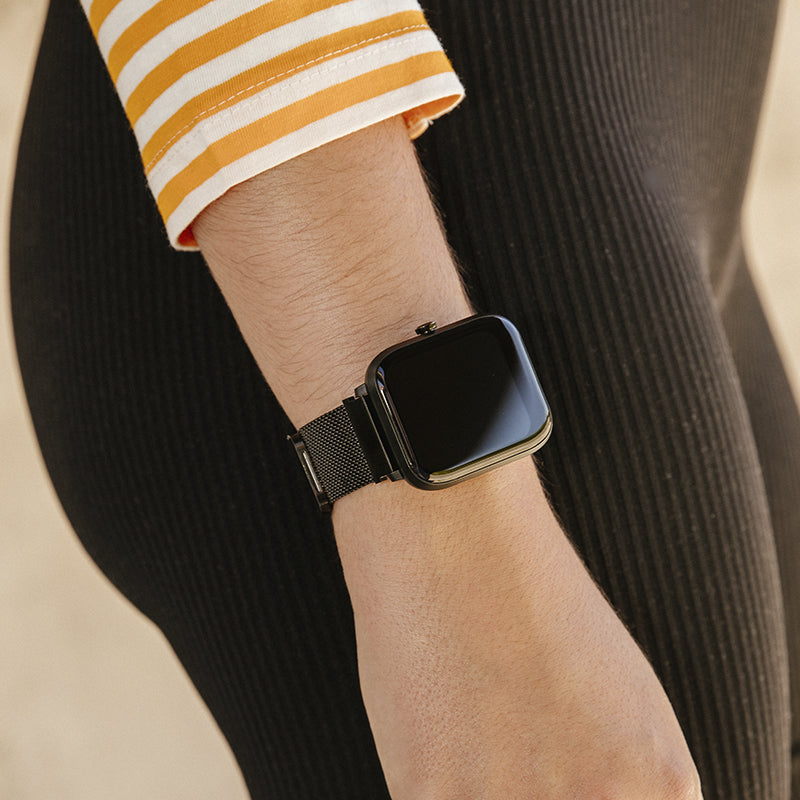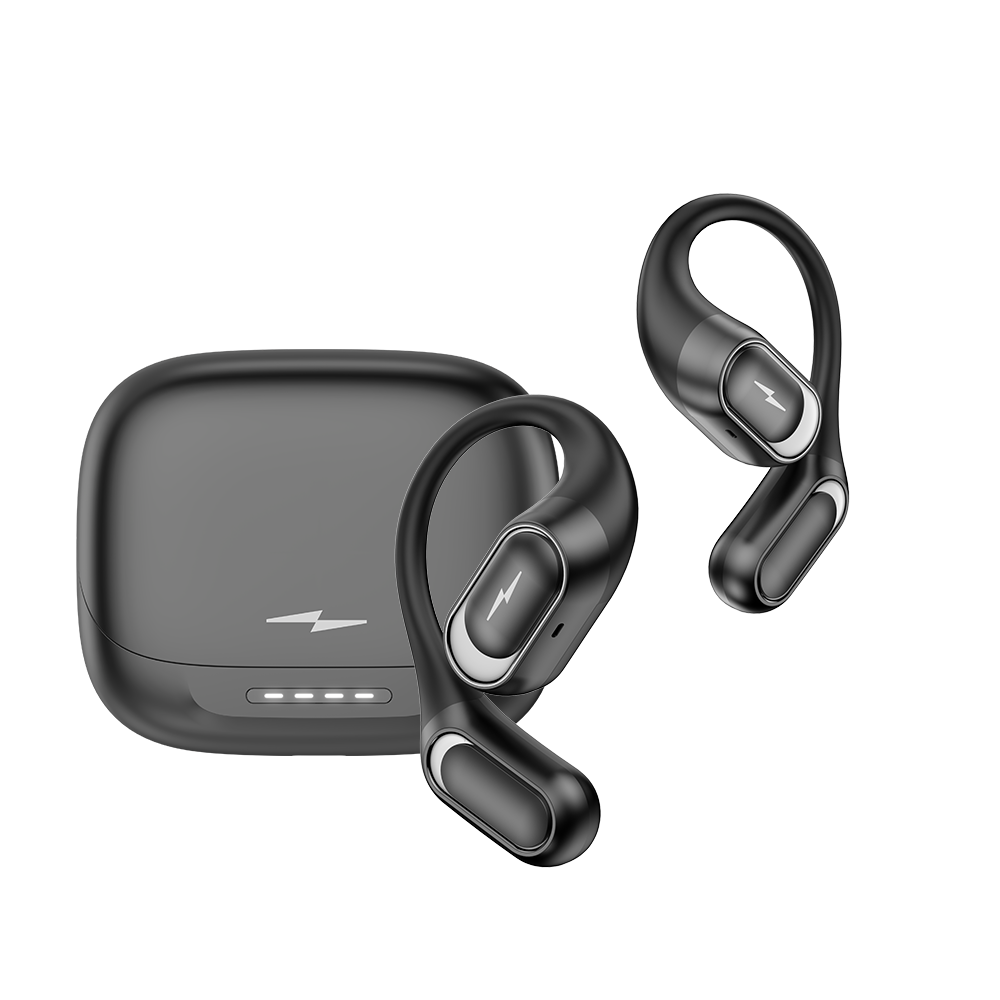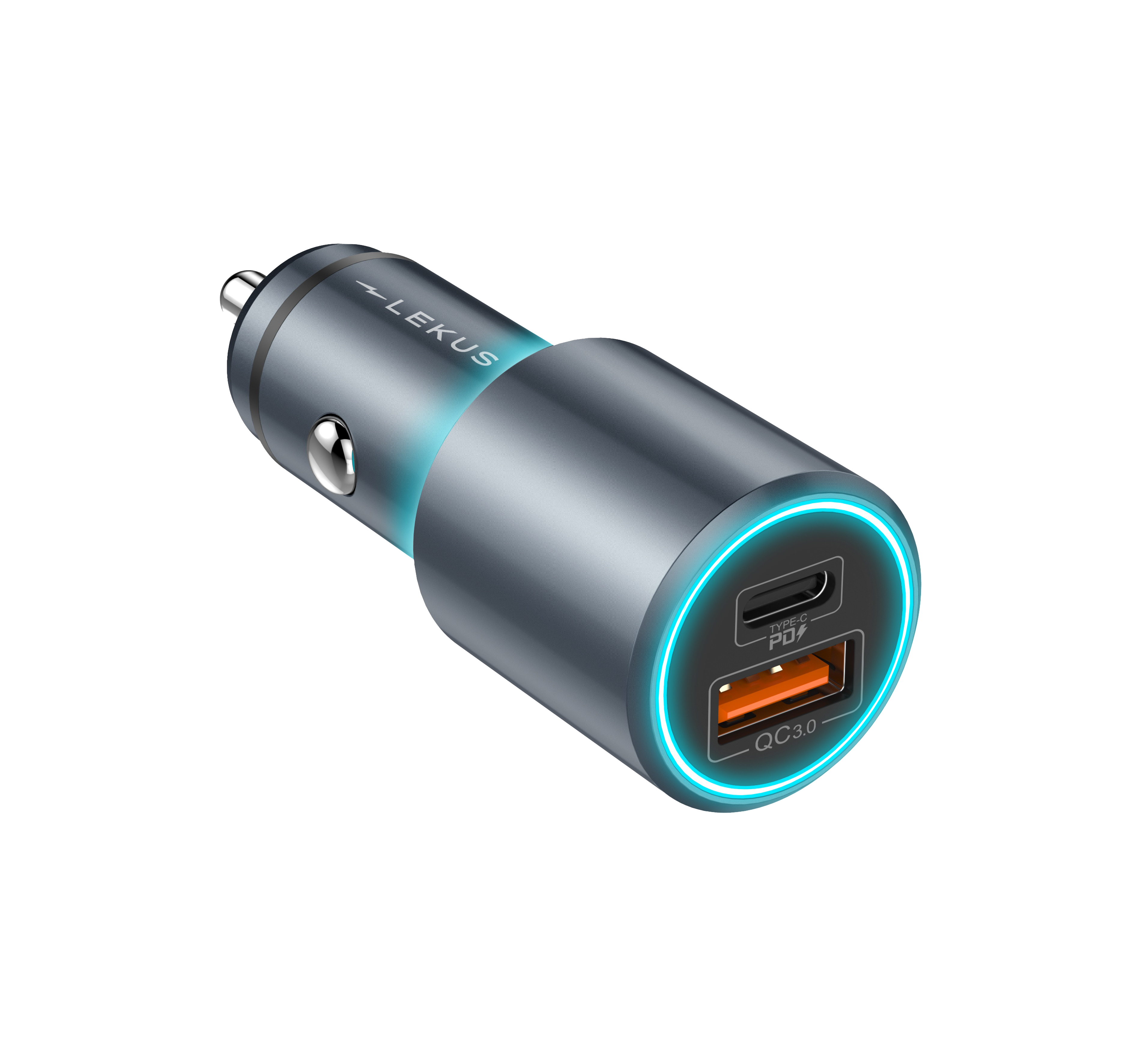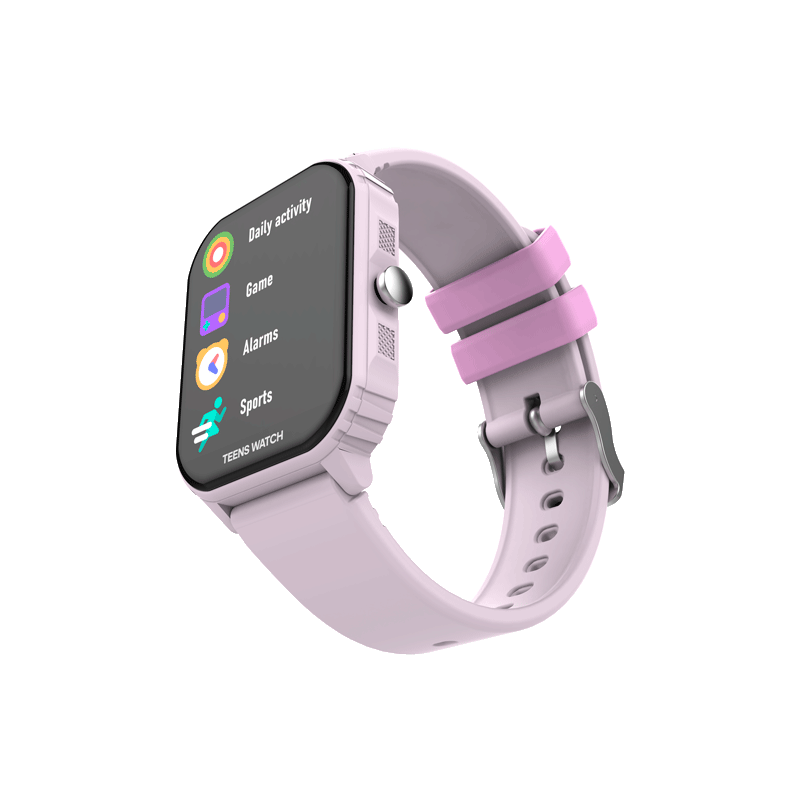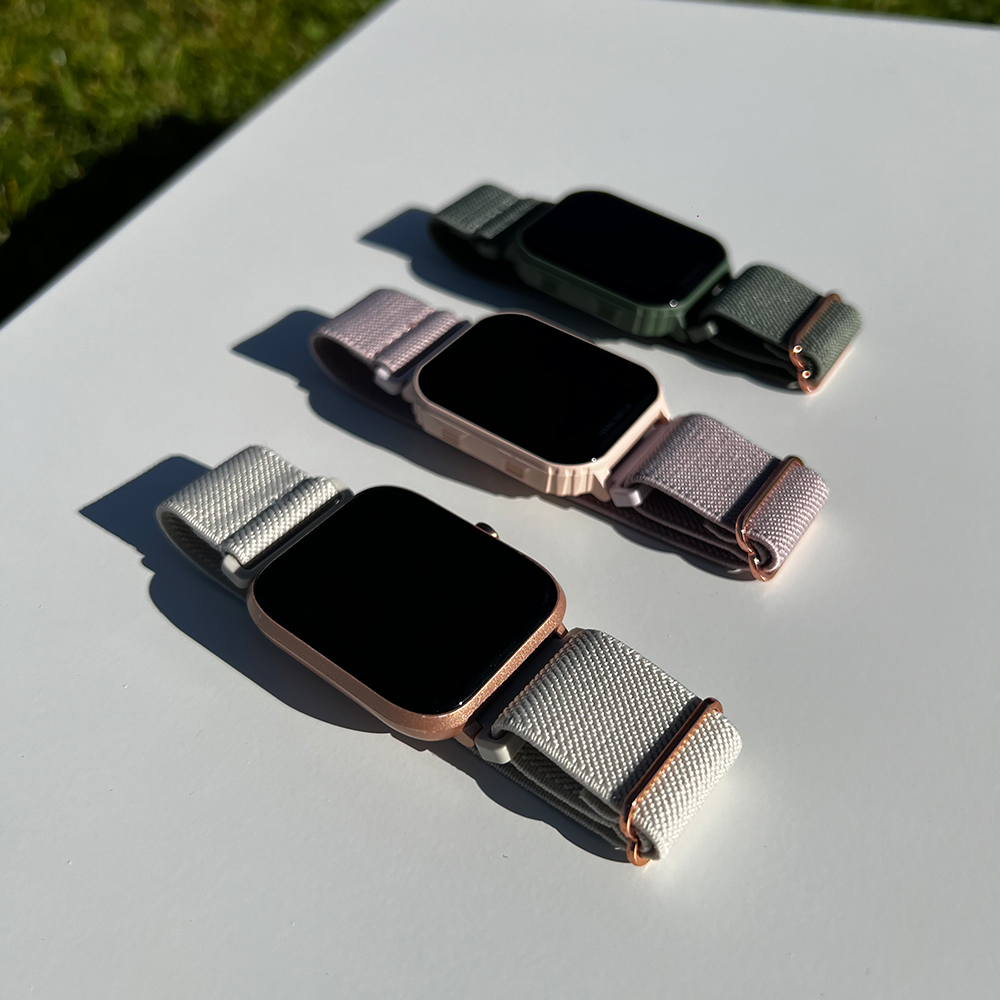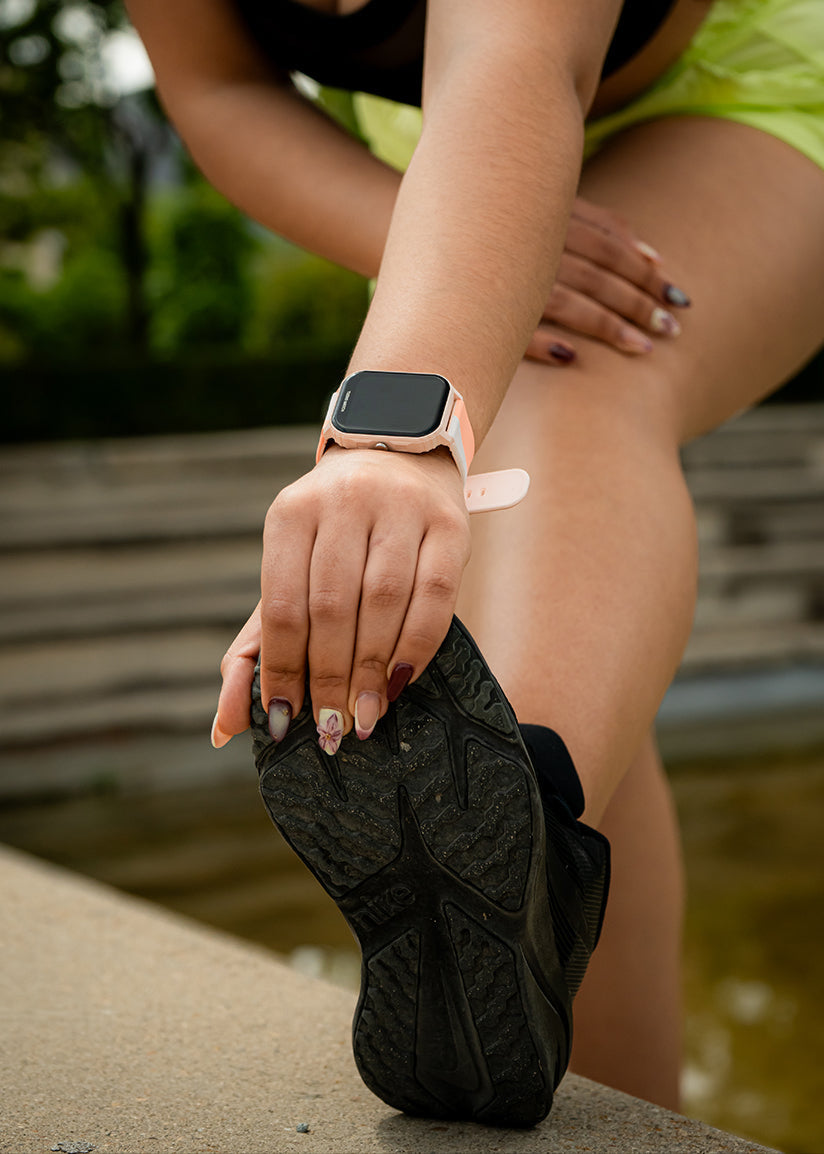
Air Conduction or Bone Conduction?
What are the best headphones for running?
Choosing the right running headphones can make a big difference to your running experience. Two technologies that have gained popularity in recent years are air conduction and bone conduction . Both offer unique advantages, but which is the best option for runners? In this blog, we explain the differences and why air conduction could be the ideal choice for you.
1. What is air conduction and how does it work?
Air conduction is the traditional technology used in most headphones. These devices emit sound waves through the air, which reach your ears and are processed by the eardrum. Air conduction headphones, like the Lekus Flybuds Air , offer immersive, high-quality sound, ideal for enjoying your favorite music while running.
Advantages of air conduction for running:
- Superior Sound Quality: They offer richer, more detailed audio compared to bone conduction.
- Comfort: Ergonomic designs fit your ears perfectly, without exerting pressure.
- Safety: By not completely isolating you from your surroundings, they allow you to hear external sounds, such as traffic or other people's voices, which is crucial for urban runners.
2. What is bone conduction and how does it work?
Bone conduction is an innovative technology that transmits sound through vibrations in the facial bones, specifically the temporal bone, bypassing the eardrum. Headphones like the Shokz OpenRun are a popular example of this technology.
Advantages of bone conduction for running:
- Hearing freedom: By not blocking your ears, you can be fully aware of your surroundings.
- Long-wear comfort: They do not put pressure on your ears, making them comfortable for extended wear.
Limitations of bone conduction:
- Limited sound quality: Audio tends to be less rich and bass-heavy compared to air conduction.
- Annoying vibrations: Some users report that the vibrations can become uncomfortable after a while.
3. Comparison: Air Conduction vs. Bone Conduction for Running
| Feature | Air Conduction ( Flybuds Air ) | Bone Conduction (Shokz OpenRun) |
|---|---|---|
| Sound Quality | Surround sound and rich in detail | Flatter sound, with less bass |
| Security | Allows you to listen to your surroundings | Allows you to listen to your surroundings |
| Comfort | Ergonomic and lightweight fit | No pressure in the ears |
| Battery Life | Up to 6 hours + 60 hours in case | Up to 8 hours |
| Water Resistance | Sweat resistant | Sweat resistant |
4. Why is air conduction ideal for runners?
While both technologies have their advantages, air conduction stands out for offering a more complete and satisfying listening experience . Earphones like the Lekus Flybuds Air combine high-quality sound with a comfortable and secure design, perfect for runners who don't want to sacrifice music for safety.
In addition, air conduction is ideal for those looking for:
- More immersive sound: Perfect for enjoying motivating playlists during your runs.
- A stable fit: Ergonomic designs prevent the earphones from falling out, even during intense movement.
- Greater versatility: They can be used not only for running, but also for other activities such as the gym, yoga, or cycling.
5. Conclusion: Which one to choose?
The choice between air conduction and bone conduction depends on your priorities. If you value sound quality and versatility , air conduction headphones like the Lekus Flybuds Air are the best option. On the other hand, if you prefer to be fully aware of your surroundings and don't mind sacrificing a bit of audio quality, bone conduction headphones might be right for you.
Ultimately, for most riders, air conduction offers the perfect balance between sound, comfort and safety , making it the most complete and satisfying option.



